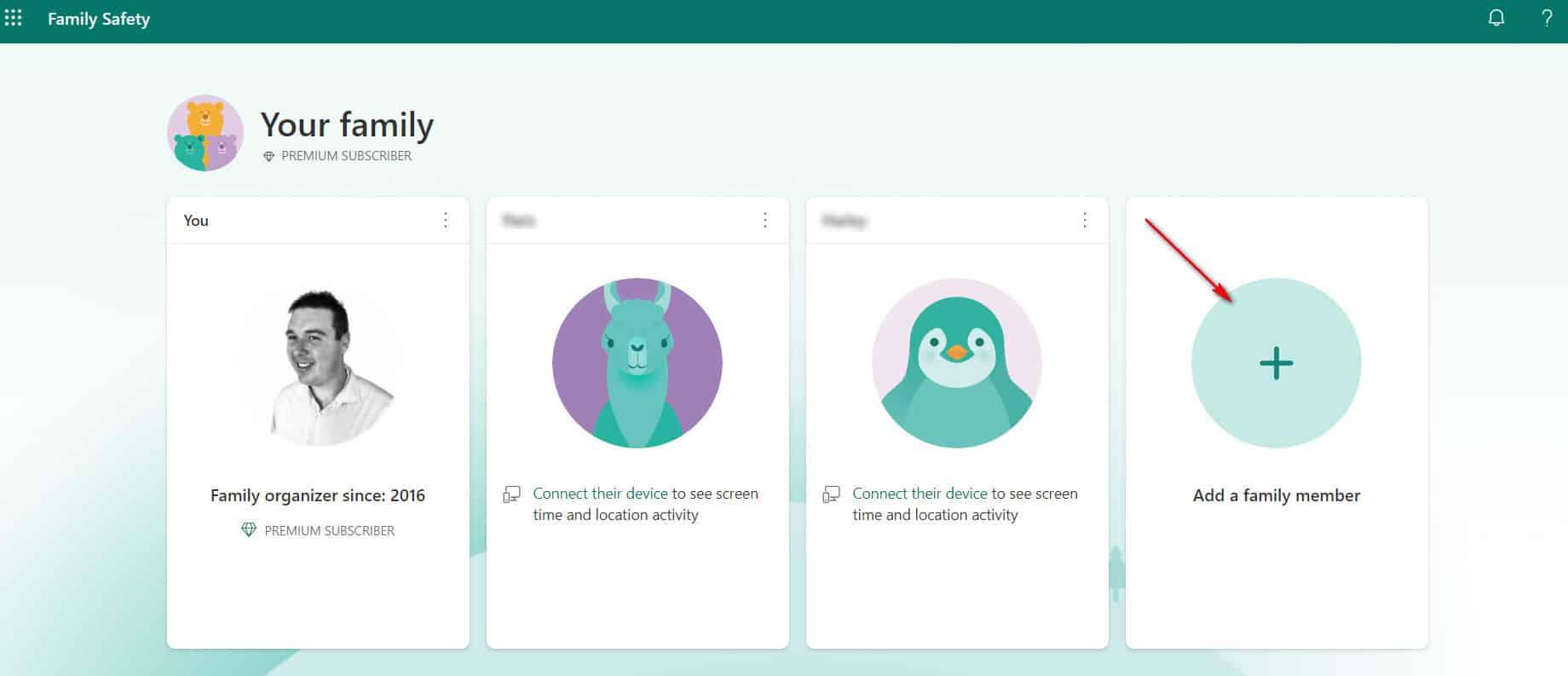In today’s digital age, streaming platforms have become a staple in households worldwide, offering a vast array of content at the touch of a button. However, with this convenience comes the challenge of ensuring that children access age-appropriate material. As parents seek to navigate this complex landscape, the effectiveness of parental controls on these platforms becomes paramount. This article delves into the streaming services that excel in providing robust parental controls, evaluating their features, usability, and overall effectiveness in fostering a safe viewing environment for young audiences. Through an analytical lens, we aim to equip parents with the knowledge needed to make informed decisions, ensuring peace of mind while their children explore the digital world.
Evaluating User-Friendly Parental Control Interfaces
When assessing the effectiveness of parental control interfaces on streaming platforms, several key factors come into play. Ease of navigation is paramount; parents should be able to quickly access and modify settings without unnecessary complexity. Platforms that offer intuitive dashboards with clear labeling tend to rank higher in usability. Customization options are equally crucial, allowing guardians to tailor restrictions according to the age and maturity level of their children. This often includes setting specific content ratings or blocking particular shows and movies.
- Profile Management: The ability to create individual profiles for each child with personalized restrictions.
- Activity Monitoring: Detailed viewing history that provides insight into what content is being consumed.
- Time Limits: Controls to set viewing duration, encouraging balanced screen time.
In addition, real-time alerts and notifications about attempted access to restricted content can empower parents to take immediate action. Platforms that integrate these features seamlessly into their user interface tend to offer a more reassuring experience for families striving for a safe viewing environment.
Comparing Content Filtering Options Across Platforms
When evaluating the effectiveness of parental controls across various streaming services, it’s crucial to consider the diversity and depth of options available. Netflix offers a robust system with customizable profiles and PIN-protected maturity levels, allowing parents to tailor content access precisely. The platform’s ability to block specific titles adds an extra layer of security, ensuring a more controlled viewing experience.
Disney+, on the other hand, prioritizes simplicity with its child-friendly interface and age-based content filters. While it may lack the granular control seen in other services, its focus on family-oriented programming inherently limits exposure to inappropriate content. Amazon Prime Video combines both approaches, featuring detailed parental controls that can be adjusted per device, along with viewing restrictions based on age ratings. This flexibility makes it a versatile choice for households with varying needs.
- Netflix: Customizable profiles, title blocking, PIN protection
- Disney+: Age-based filters, family-friendly interface
- Amazon Prime Video: Device-specific controls, age rating restrictions

Understanding Customization Features for Age-Appropriate Viewing
Streaming platforms are continually enhancing their customization features to ensure content is suitable for all age groups. These features allow parents to tailor the viewing experience by setting up profiles with age-appropriate restrictions. Key customization options include:
- Profile Management: Parents can create individual profiles for each child, setting specific maturity levels that automatically filter out unsuitable content.
- Content Filters: Platforms often provide filters based on ratings, allowing parents to block content that exceeds a selected maturity rating.
- Viewing Restrictions: Time limits can be set to manage how long children spend watching, helping to balance screen time with other activities.
These features are designed to offer peace of mind by ensuring that children only access content that aligns with their developmental stage. By leveraging these tools, parents can foster a safe and controlled viewing environment.

Assessing the Effectiveness of Time Management Tools
When it comes to choosing time management tools, evaluating their effectiveness is crucial for ensuring productivity. The key to this assessment lies in understanding how well these tools align with your specific needs and workflow. Consider the following aspects:
- Functionality: Does the tool offer features that cater to your tasks, such as task prioritization, reminders, and deadlines?
- User Interface: Is the interface intuitive and easy to navigate, or does it require a steep learning curve?
- Integration: Can the tool seamlessly integrate with other applications you use, such as calendars and email?
- Flexibility: Does it allow for customization to fit your unique schedule and responsibilities?
- Feedback: Does the tool provide insightful analytics or reports that help you track your productivity over time?
By carefully analyzing these factors, you can determine whether a particular time management tool will effectively support your efforts to stay organized and focused.



